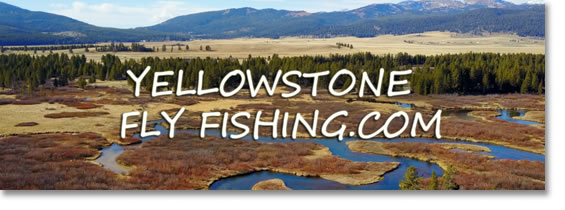 |
|
|
Midges Wherever trout are found, so are midges. They can be an important food source for trout on all waters. Anglers may overlook them in favor of larger insects, or they may refuse to believe that trout would rise to any insect so tiny, but trout like midges-big time. Get over avoiding fishing their minute imitations. Learn their habits, and with proper presentation strategies you, too, will be taking big rising trout on small midge patterns.
Midges are most important during their emergence, when fish rise to pupae and crippled adults. On some waters mating clusters can also be important. Because they emerge year-round, you must be prepared to fish midges at all times. The actual presence of midges on the water is the best clue that trout are rising to them. Lakes, ponds, and sloughs are rich with midges, which are near the top of the list of insects that rising trout might be feeding on. On streams the importance of midges usually varies with the season. The summer months bring on caddis, mayflies, and stoneflies, moving midges to near the bottom of the list of favored trout insects. From late fall into the spring season, however, midges may be the only aquatic insect emerging. Midges are two-winged flies that come in a variety of sizes and colors. They can emerge on all waters any time of the day and season. Be prepared with imitations of pupae and crippled adults and you will catch trout on midges. Good fly patterns for midges are #10-26 Fur Midge Pupae, Serendipities, Zelon Midge Emergers, Cooper Bugs, Zelon Midges, Midge Clumps, and Griffith's Gnats. - Western Fly Fishing Strategies |